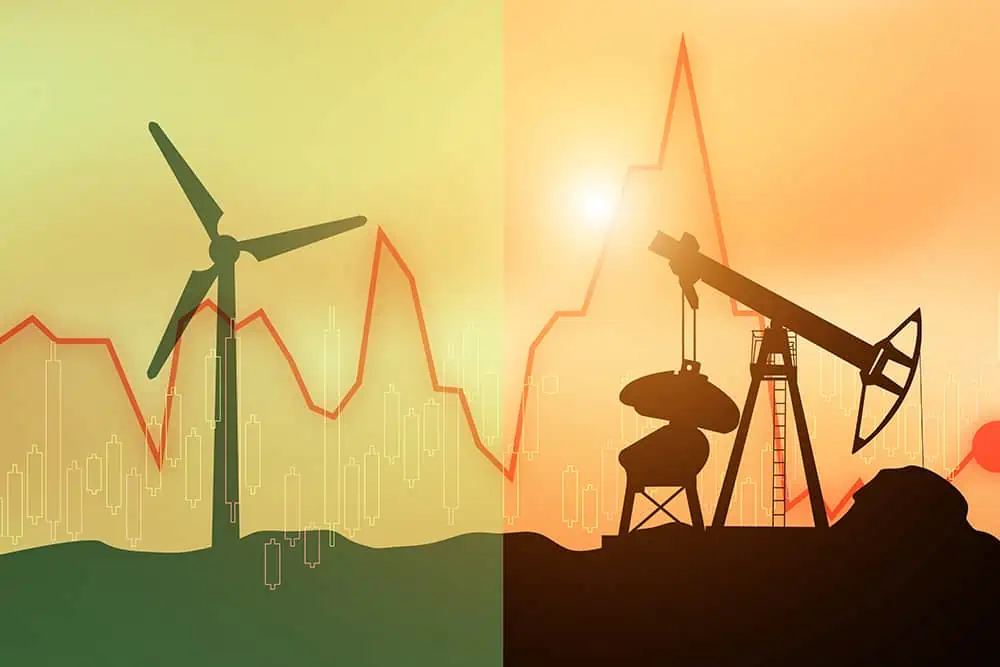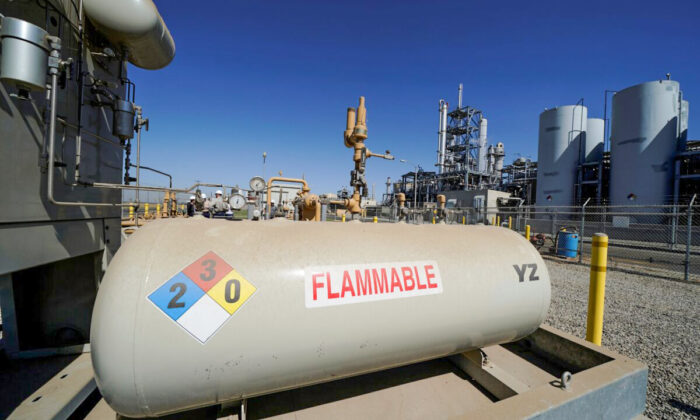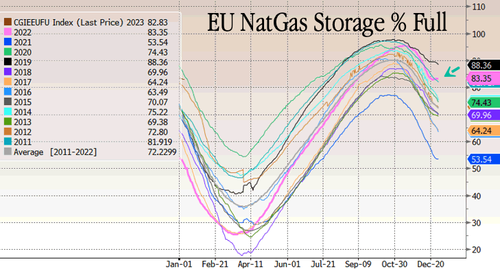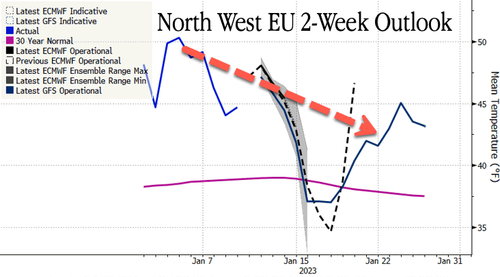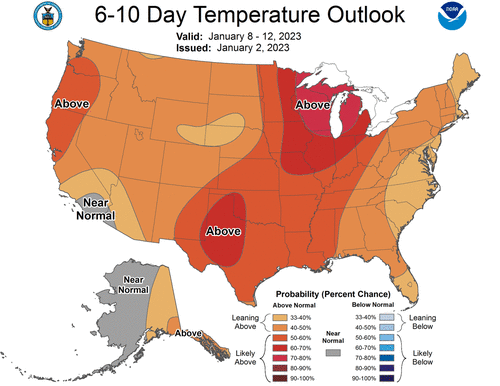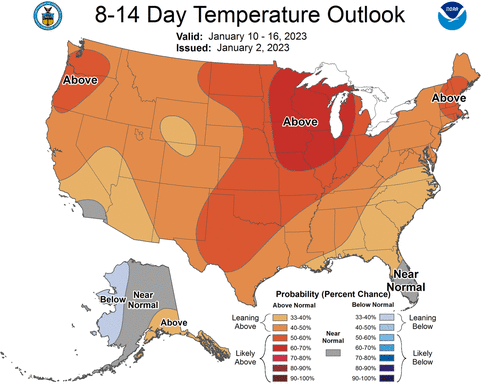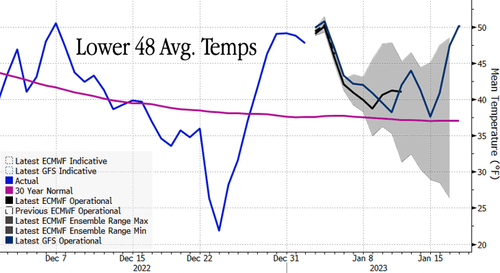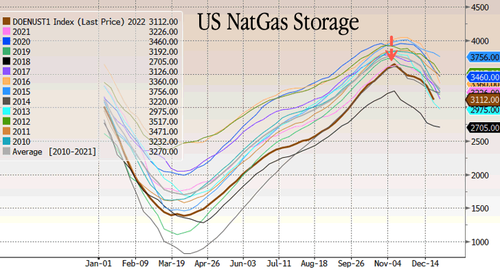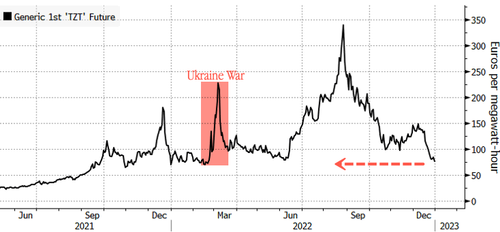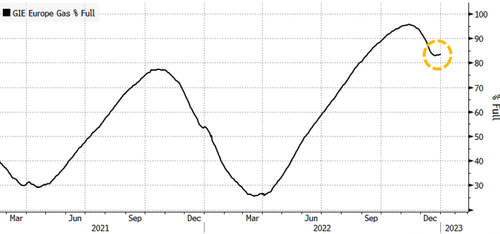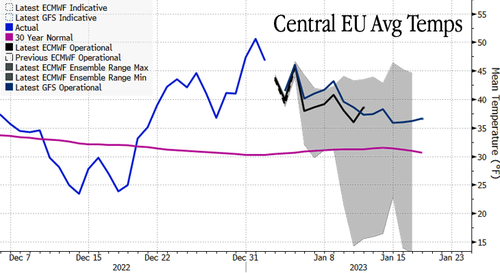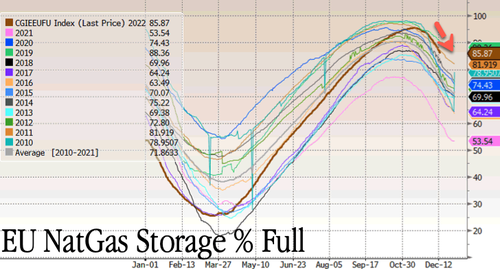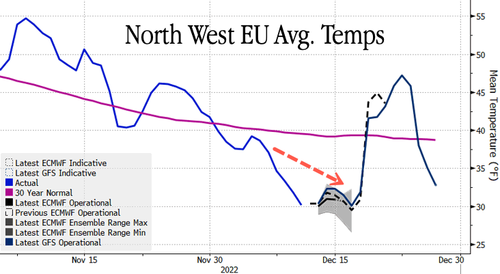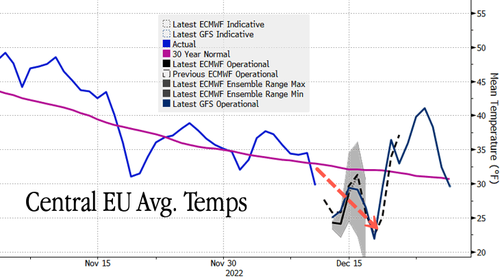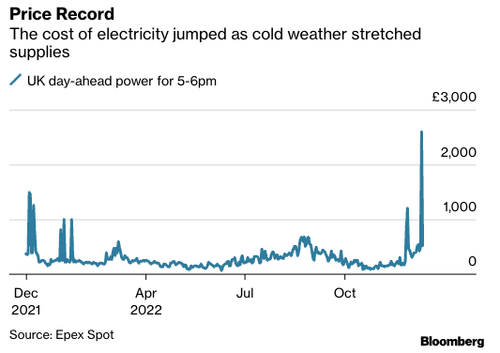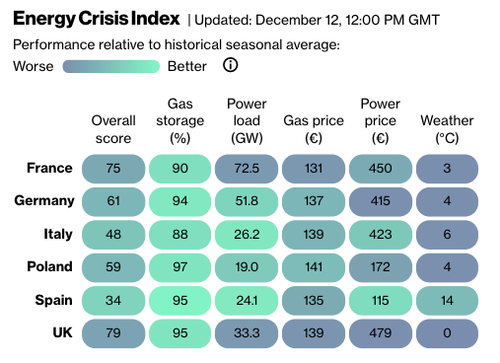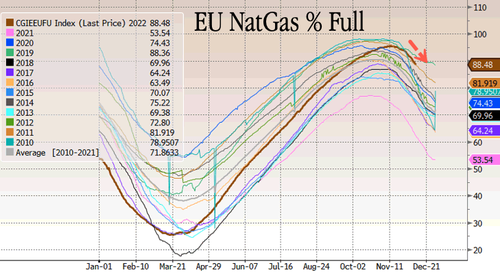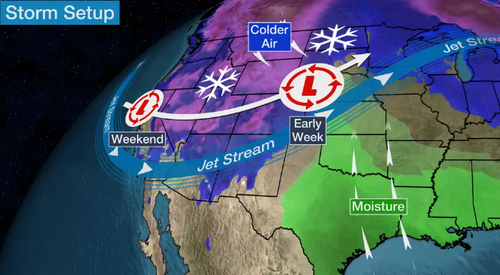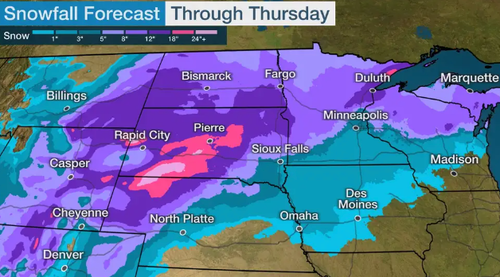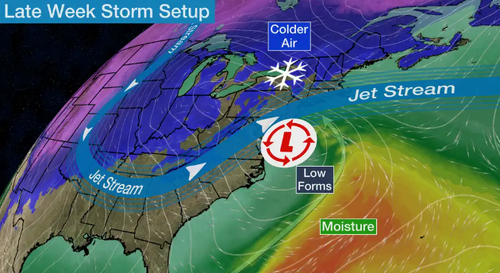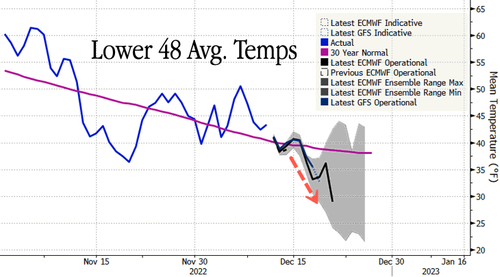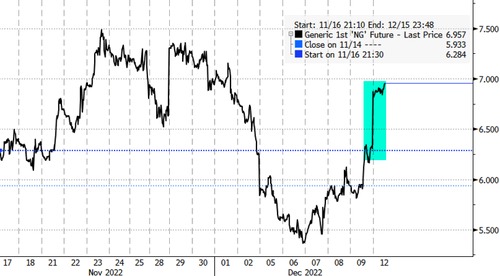Permian producers are not shutting in oil wells with associated natural gas despite the fact that the Texas regional gas price has been stuck at below-zero levels since early March.
Major pipeline operators in the Permian basin haven’t yet seen any effect of the negative gas prices at the Waha hub in West Texas on activity as producers are look to maximize oil realizations at West Texas Intermediate crude prices at above $80 per barrel.
But the U.S. natural gas benchmark, Henry Hub, has been depressed below $2.00 per million British thermal units (MMBtu) since early February due to weak winter demand amid milder weather, record output at the end of 2023, and higher-than-average natural gas stocks.
Natural gas prices at the Waha hub slumped to a negative value of -$2.00 per MMBtu in April as the recent rise in oil prices prompted producers to bring drilled but uncompleted wells online. The Waha hub prices remained below zero for most of March and April amid high production and not enough takeaway capacity.
The price at the Waha Hub rose by $1.25 in the latest reporting week, from -$1.18/MMBtu to $0.07/MMBtu on April 24, only the second day the price was above zero since April 1, per EIA data.
The negative Waha gas prices and the supply glut are creating a problem for Permian producers regarding how they should dispose of part of the excess natural gas output.
…click on the above link to read the rest of the article…



